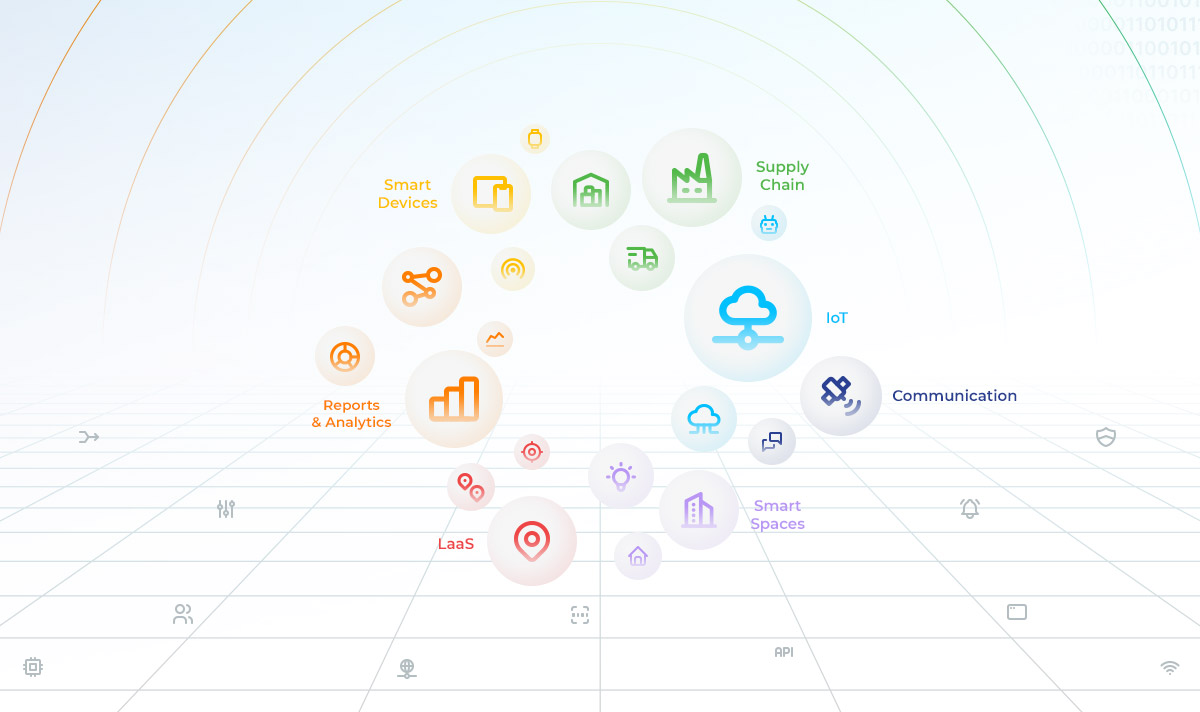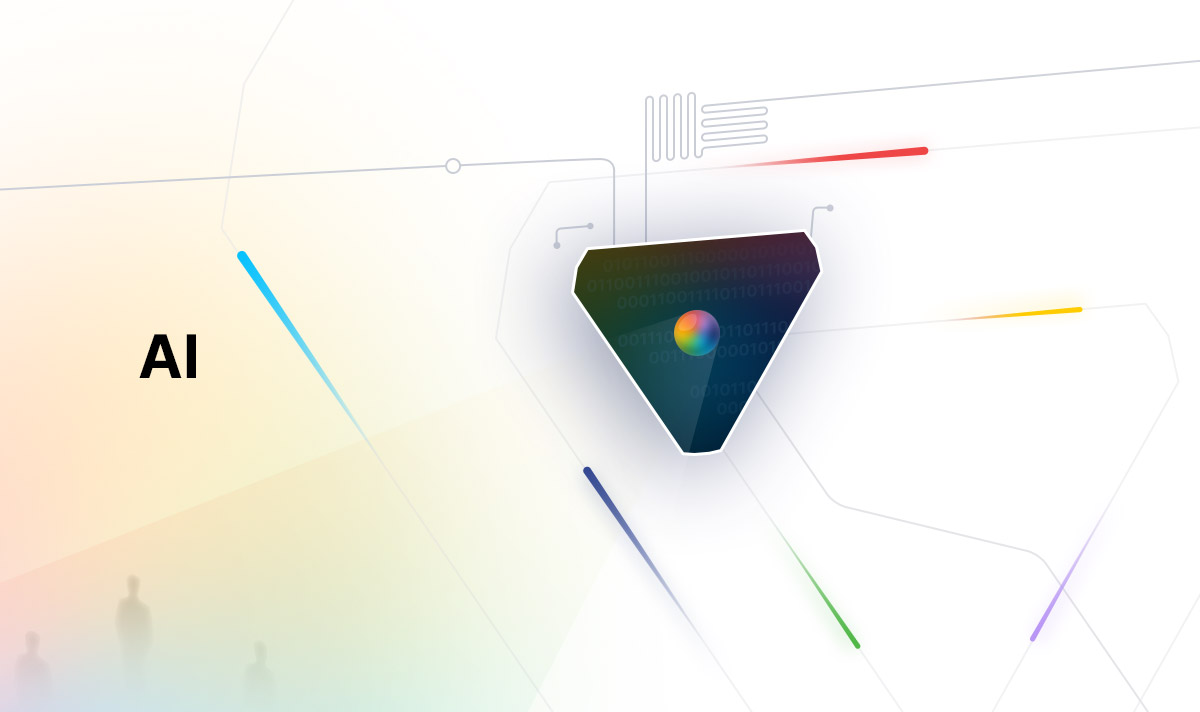Let’s Understand the Two Trends that are complementing each other
Introduction
Businesses have become more technology-centric and data-driven. With the advent of technology, they have been able to scale up at large levels. This scaling-up requires a crazy amount of analytics and customer understanding. This customer understanding is possible with the help of data. As they say, “Data is the currency of the 21st century”. This data has to be preserved and mined in the right way. Cloud is playing a crucial role in enabling those capabilities. As per this article, cloud migration was valued at around 120 Billion USD in 2020.
If done properly, this can prove to be a true treasure for any business. Conventional systems include ledgers, lists, inventories and SQL databases. This data is not useful in its raw format. They are good for only making balance sheets and understanding the finances. To visualize the bigger picture and tangible outcomes, data processing is required. Therefore, concepts like data warehouses and data lakes have come into inception. These are not legacy based. These things require a makeover, also known as “data modernization” in the fancy language. Also, since they require an ample amount of storage and computation, the cloud becomes a handy and indispensable tool for this. We, at Enliven, are helping businesses with cloud solutions.
So, let’s understand first what data modernization is.
What is Data Modernization?
To simplify, data modernization is adopting modern databases for storing your data! That is the simplest definition one can give for this term.
Okay, fine. But “What is a modern database?”, you might ask. A modern database is different from a legacy database. It has to store data like images, videos, feedback from customer comments, customer voice recordings, notes from the doctors, etc. This is very unique and unconventional, but not impractical. Today’s businesses need to have such databases.
The way we store information for the business like who is purchasing how much, what is tax, etc. is an example of a legacy database. These are simple sheets that indicate the transaction numbers.
Legacy databases do not give much insight on their own. This is where data modernization comes into the picture. If this legacy data is moved to the modern databases, this can significantly give more insights and opportunities for the companies to improve.
Why Data Modernization is Useful
Data in its raw form is like unprocessed ore. Data modernization can bring the true minerals and valuables out of it. For example, businesses need to change according to the changing times to survive. COVID pandemic is one big example of this century. This change has dramatically impacted all industries.
Therefore, for a company to survive, it needs to understand the shift in the trend. This trend shift can be understood easily using data modernization. Necessary insights can be derived and changes can be adopted by the businesses. This can help them survive and identify potential growth opportunities.
Let’s take the Social media sector for understanding. Instagram and Youtube are well-known and tangible examples. The average human attention span is decreasing. For example, people want instant gratification. This is confirmed by the surveys done over time.
Platforms like Instagram and Youtube understood this trend and they immediately adopted the feature called “Shorts”. This has grown their watch time significantly as mentioned in this report. So, this is a real-life example of data modernization at play. They are storing the engagement data, analyzing it and making changes accordingly.
This data modernization is not limited to the social media segment. This is very much prevalent in the Sectors like Finance, Energy, Health care, life sciences, technology and media. As per the survey conducted by Deloitte, 84% of the companies surveyed have already started their journey towards modernization of their data.
How can the Cloud be helpful?
As per this survey, 48% of the corporate data is stored in the cloud. Also, the survey mentioned in this article, that 55% of the companies see data modernization as the key reason for cloud migration.
Primarily, the reason is the existence of data warehouses and data lakes. These are infrastructure intensive and need something like the cloud. Because cloud offers the best performance for the price. Also, it allows many features mentioned below.
- Resource Availability:
Cloud can allow organizations to access any amount of resources to scale themselves. This is very useful while dealing with big data volumes. - Flexibility:
Cloud has a pay-as-you-go model. This is flexible and helps even small organizations to adopt data modernizations. - Availability of Tools:
Cloud providers are giving data modernization tools as a service. This makes organizations free from licensing hassles. - Automated accumulation of data:
Clouds can provide automated data accumulation and storage in a single place. This data can be accessed from and processed in a single cloud repository.
Practical Examples
Here are a few practical examples of data modernization at play.
Goldman Sachs
Hardly anyone isn’t familiar with the name Goldman Sachs. It is one of the largest and has over $1.5 trillion in assets. They faced issues in the technology division. They were slowing down due to a complex toolchain. This toolchain had several complex parts.
Simplification of this toolchain was very essential for speed. This is where data modernization helped them. They were able to make the CD process for their software very faster. A detailed case study is given at this link.
24 Hours Fitness:
This article mentions this example in detail. This is a pioneer in the fitness industry. It is US based and has around 400 clubs and 4 Million users. They wanted their members to get offers with custom prices and contracts. This was not possible with the existing solution on their premise. Hence, they migrated to the cloud and utilized modernized databases.
Now, they are taking this data to a repository and they can scale their personalized suggestions. This is all possible due to data modernization and the use of Data lakes and warehouses.
Conclusion:
We can say that businesses have unique and unconventional data needs. Data is truly the currency in this era and hence it should be mined properly. Data modernization can help companies gain the market by analyzing the trends. It can also help them survive in tough times.
As discussed, the cloud can be an important means of enabling this shift from legacy to modern databases. Companies are embracing the cloud-like anything and this will be the modern trend in the future.
If you want to be ahead of time, then you can contact us at Enliven. We can help you shift your business to the cloud and make you relieved.






